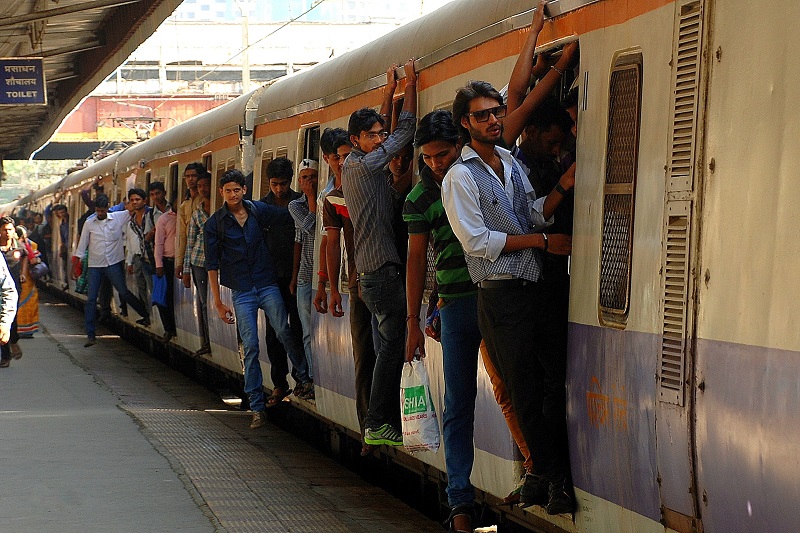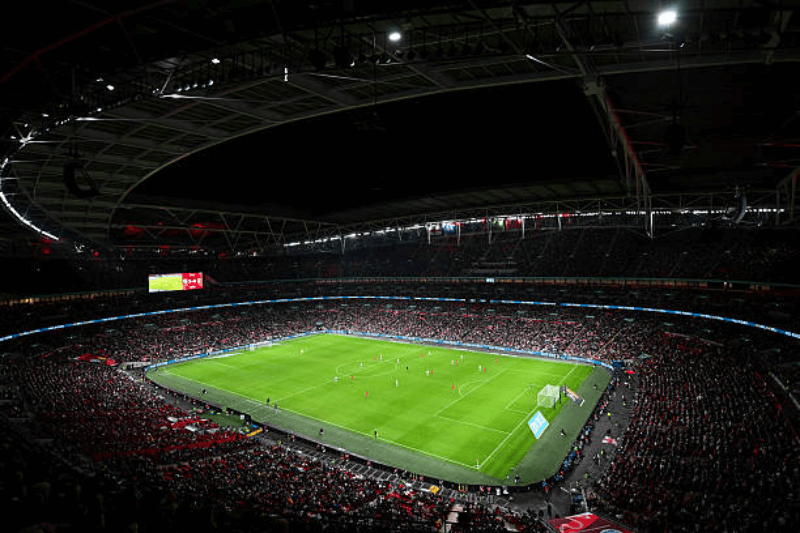
CBI arrests three railway workers in India’s triple-train collision case
In one of the worst rail accidents in India’s history, a triple-train collision in eastern Odisha state killed nearly 300 people last month, while injuring at least 850 others. Indian police said Friday they had arrested three railway employees over the accident.
According to a statement from the Central Bureau of Investigation, the workers had been accused of culpable homicide and destruction of evidence in a case filed on Thursday. Without giving further details, the statement identified the trio as a technician and two signal engineers.
What Caused The Deadly Crash?
Last month, a packed passenger train was diverted onto a loop line – a mistake allegedly caused by an issue with signalling. It slammed into a stationary goods train, with the derailed compartments eventually paving the way for another collision.
Carriages of the Howrah Superfast Express from Bengaluru – passing in the opposite direction – struck the derailed ones at high speed. The two passenger trains were carrying over 2,000 individuals when the deadly collision occurred.
Keep Reading
Carriages had entirely flipped over. Rescue personnel worked day in and day out to pull out trapped survivors, with hundreds of bodies laid out beside the tracks. Relatives spent days combing through possessions and looking at post-mortem pictures to identify their loved ones.
Indian Rail Network Under Enormous Pressure
Days later, Ashwini Vaishnaw said the “people responsible for the accident” had been identified. Services eventually resumed 51 hours after the crash, with the railway minister seen folding his hands in prayer as he saw the first train cross the accident site.
June’s triple-train collision was India’s third-worst and the deadliest crash since 1995, when 300 passengers got killed after two express trains collided near Agra. Carrying over 21 million people each day, Indian Railways is the fourth-largest rail network in the world.
The network is currently under enormous pressure as the country recently became the world’s most populous. India has invested huge sums of money in recent years to upgrade the network, build modern railway stations, and install electronic signaling systems.




